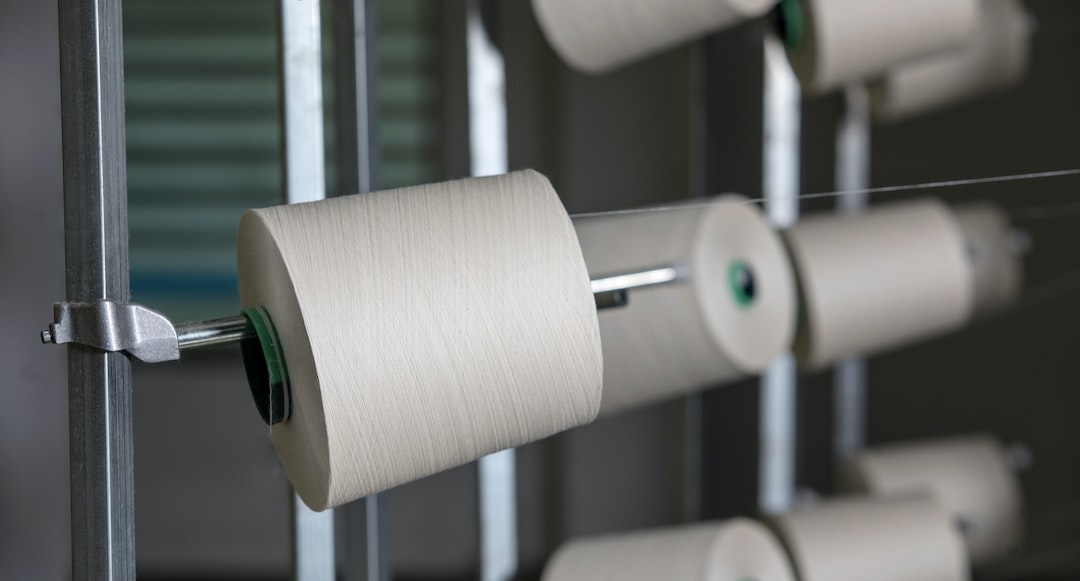The Evolution of Manufacturing Technologies: Past, Present, and Future
Manufacturing has come a long way over the centuries. From handmade tools and simple machines to the sophisticated technology-driven processes of today, the evolution of manufacturing technologies has been nothing short of remarkable. In this blog post, we will take a closer look at the past, present, and future of manufacturing technologies and explore the impact they have had and will continue to have on our world.
The Past: From Handcrafted to Mass Production
In the past, manufacturing was a labor-intensive process that relied heavily on the skill of individual craftsmen. Each item was made by hand, with precision and attention to detail. This method was time-consuming and limited the production capacity.
With the advent of the Industrial Revolution in the late 18th century, manufacturing underwent a dramatic transformation. The introduction of steam power and mechanical machinery revolutionized the production process, leading to the rise of mass production. Factories became the new manufacturing hubs, and assembly lines allowed for the efficient production of goods at a much larger scale.
Key technologies, such as the steam engine and the power loom, played a pivotal role in the industrial revolution. These inventions not only increased productivity but also laid the foundation for further advancements in manufacturing technologies.
The Present: Automation, Robotics, and AI
The present-day manufacturing landscape is characterized by automation, robotics, and artificial intelligence (AI). These technologies have redefined the way products are manufactured, increasing efficiency, reducing costs, and improving overall quality.
Automation has become a cornerstone of modern manufacturing. Machines and robots are now capable of performing repetitive tasks with a level of precision and speed that surpasses human capabilities. Assembly lines have become highly automated, allowing for continuous production and quick response times to meet consumer demands.
Robotics has also made significant strides in manufacturing. Collaborative robots, or cobots, work alongside human workers, enhancing productivity and safety. They are capable of performing intricate tasks, such as welding or picking and placing products, with unparalleled accuracy.
Artificial intelligence has emerged as a game-changer in manufacturing. AI-powered systems can analyze vast amounts of data, optimize production schedules, predict maintenance needs, and even troubleshoot issues in real-time. This enables manufacturers to reduce downtime, improve quality control, and streamline operations.
The Future: Industry 4.0 and Beyond
As we look to the future, manufacturing technologies are poised for another significant transformation. Industry 4.0, also known as the Fourth Industrial Revolution, is leading the way in shaping the future of manufacturing.
Industry 4.0 is characterized by the integration of various digital technologies, such as the Internet of Things (IoT), cloud computing, big data analytics, and machine learning. These technologies enable the creation of a connected and intelligent manufacturing ecosystem, where machines, systems, and humans seamlessly interact and collaborate.
Smart factories, equipped with IoT sensors and connected devices, gather real-time data from every stage of the manufacturing process. This data is then fed into advanced analytics systems, allowing for predictive maintenance, quality control, and supply chain optimization. Manufacturers can make data-driven decisions, respond swiftly to market changes, and tailor products to individual customer needs.
Additionally, additive manufacturing, or 3D printing, is another technological advancement that holds incredible potential for the future of manufacturing. 3D printing allows for the creation of complex and customized parts without the need for traditional manufacturing processes. It promises to revolutionize supply chains, reduce waste, and offer greater design flexibility.
Moreover, advances in biomanufacturing and nanotechnology are likely to shape the future of manufacturing as well. Biomanufacturing involves using living organisms to produce materials, while nanotechnology involves manipulating matter at the nanoscale. These emerging technologies have tremendous implications for sectors such as healthcare, electronics, and energy.
In Conclusion
The evolution of manufacturing technologies has been a continuous journey of innovation and adaptation. From the handcrafted goods of the past to the automated and intelligent systems of today, manufacturing has come a long way. The future of manufacturing holds exciting possibilities, with Industry 4.0, additive manufacturing, and emerging technologies set to reshape the industry once again. As we embrace these advancements, the manufacturing landscape will continue to evolve, creating new opportunities, improving efficiency, and pushing the boundaries of what is possible.

